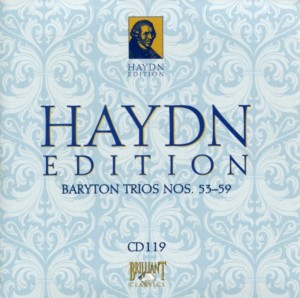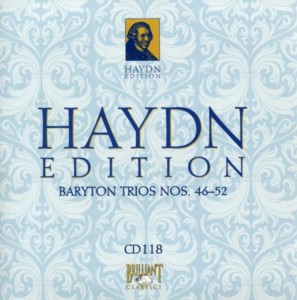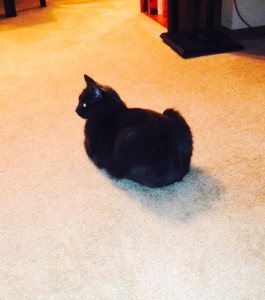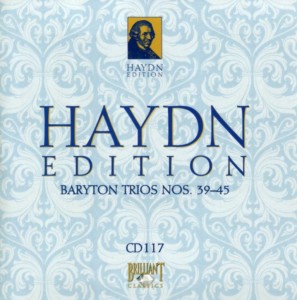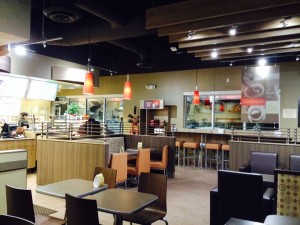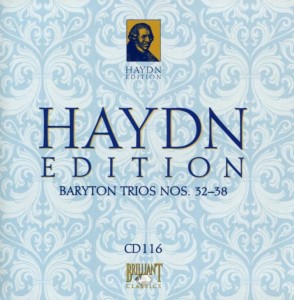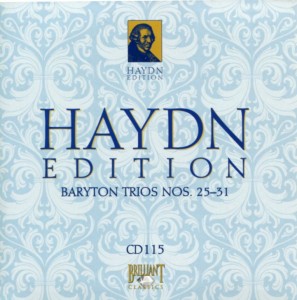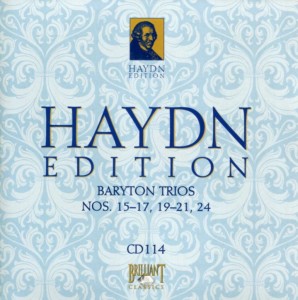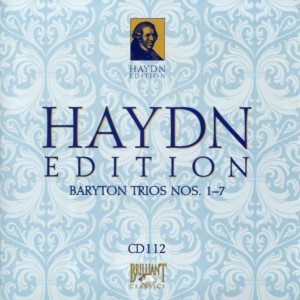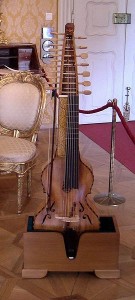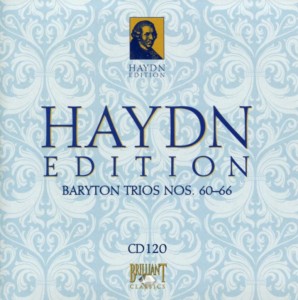 The perfect follow-up to yesterday’s snow: a temperature this morning of 0 degress with a “feels like” temperature of -14F.
The perfect follow-up to yesterday’s snow: a temperature this morning of 0 degress with a “feels like” temperature of -14F.
Yeah, baby!
Now that’s Pure Michigan.
For anyone not living in or near Michigan, that’s an inside joke.
Pure Michigan is the name of an ad campaign designed to get people to consider vacationing in Michigan – or not move out of the state quicker than rats from a sinking ship. Can’t tell which.
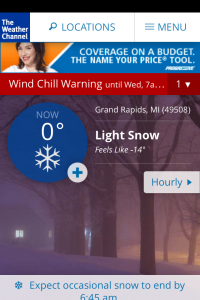 Anyway, they’re syrupy, fictitious ads that paint a picture quite unlike what the reality of living here actually is.
Anyway, they’re syrupy, fictitious ads that paint a picture quite unlike what the reality of living here actually is.
As I did yesterday, I let the CD play this morning while I did other things (mostly sip Light Roast coffee, watch people, and think about my life going down the shitter).
The CD began slowly, with compositions that sounded like droning, ambient music.
Ahh, the baryton. It’s no wonder you’ve been relegated to period-piece music fests.
It wasn’t until Track Seven, which is Movement I (“Allegro”) of Baryton Trio No. 62 in G that my sonic taste buds started munching on something sweet.
Then Track Eight, which is Continue reading

